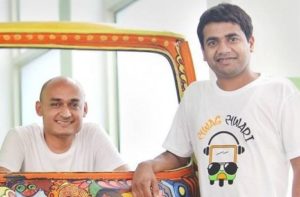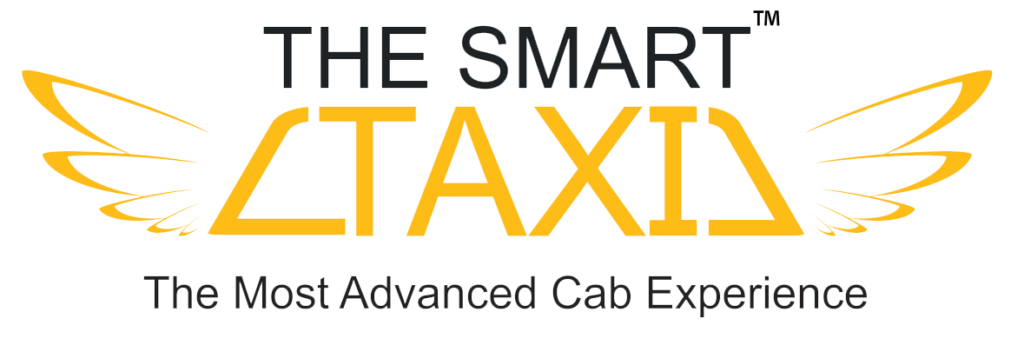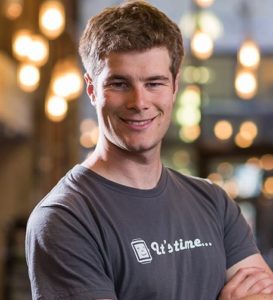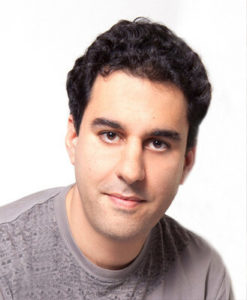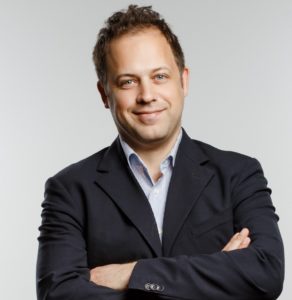Arris International – Born out of merger and acquisition of many leading firms
America is well known for its quality products in all types of industries. So, how can we neglect the telecommunications sector of America? When it comes to powering the smart telecommunication network, the country has a name all over the world. In this case, the name of one of the leading firms has taken into consideration i.e Arris international. USA based telecommunications equipment manufacturing firm known as Arris International is powering the smart connectivity all across the world. Basically, it provides cable operators with data, a complete telephony system, and video for personal and professional use.
From last year, the firm is one of the subsidiaries of a network infrastructure provider called CommScope. Since 2019, it becomes more powerful that powering a smart and connected world. In fact, it’s best software and hardware services are transforming the way of connectivity among people as well as business.
About Arris International Limited
The American telecom sector is world-famous and Arris international is one of its examples. Its business is spread all across the world. At Suwanee, the US, and Georgia, the firm has its executive offices. However, it’s manufacturing units, design units, service, and sales offices are spread all across the continents.
Recently in 2018, CommScope has acquired Arris for big money about 7.4 billion dollars. Since then, the firm is one of an integral part of CommScope.
Well known products of Arris International
TM402P and the TM502G are the best-known home telephony modems of Arris international. Apart from that, it produces the wireless cable modem-and-router unit-SBG6580. It is best known among other telecom and data-transfer products. Moreover, it’s sophisticated cable telephony equipment is known for video, voice, and data services through LAN utilizing broadband connections. Plus it manufactures hybrid fiber-coaxial architectures. These are well known for HFC network maintenance.
The backstory of the foundation
Arris international set up in 2001. But the actual beginning of the company is far before that. It has a legacy of products, services, and off course lots of evolution. In fact, it is the combination of several companies like Anixter, ANTEC, LANcity, TeleWire Supply, and Arris interactive LLC. Each firm has significant importance behind the formation of Arris international. So, it’s all begins in 1969 with Anixter’s entrance in the cable industry. Initially, it was an equipment maker.
Thereafter, Anixter partnered with AT&T. This new partnership successfully develops the cable industry’s first analog video laser transmitter. Anixter’s most important contribution to the making of Arris international. After that, Anixter captured TeleWire and started the distribution of broadband communication. That’s how after multiple mergers and acquisitions it rises as Arris International in 2001.
Acquisition strategy
To explore the business, Arris international used the acquisition strategy. First of all, it captured the IL-based manufacturing company of the cable modem termination system in 2002. It was Cadant Inc. Thereafter, the firm has acquired EG technology in 2009. A company hailed from Atlanta. Moreover, Arris international’s one of the remarkable acquisitions is Digeo, Inc. The firm spent over 20 million dollars on this acquisition. One more important acquisition of the firm was in 2011. It purchases BigBand Network for 172 million dollars.
As well, Arris International acquired Motorola Mobility’s home unit in 2013. Because it wanted to meet the requirements of the growing set-top box market. In fact, this step proved useful for growing its presence in the set-top box market. Plus the firm acquired Pace Plc, UK un 2015. Another set-top box manufacturer.
The mastermind behind Arris international’s growth- Bruce McClelland (CEO)

Any company or business is based on the policies, directions, and agenda. However, the CEO is the most important person who can guide the firm. Like Bruce McClelland has guided the American telecommunications firm Arris international. He served as the CEO of Arris international from 2016-2019. However, in a very short duration, he changed the scenario of business.
Career and Education
Currently, he is serving as a President at Ribbon Communications. Prior to that, he worked at CommScope as an EVP and Chief Operating Officer. As well, served as a chief executive officer at Arris international. Apart from that, Bruce was President of Network and Cloud, Global Services for over 3 years. Additionally, served as a president at ARRIS Broadband Communications Systems. Apparently, he is a well-experienced CEO who guided the policies of several businesses throughout his career.
Bruce attended the University of Saskatchewan to study BS in Electrical and Electronics Engineering.

Jayshri is an Electronics Engineer, but her passion towards writing made her to be in this field. Apart from content writing, she loves reading, writing and surfing on various topics. In her free time, she likes to watch TV series and news. Sherlock Holmes is her all time favorite show. Jayshri loves cooking various Indian-western dishes.


